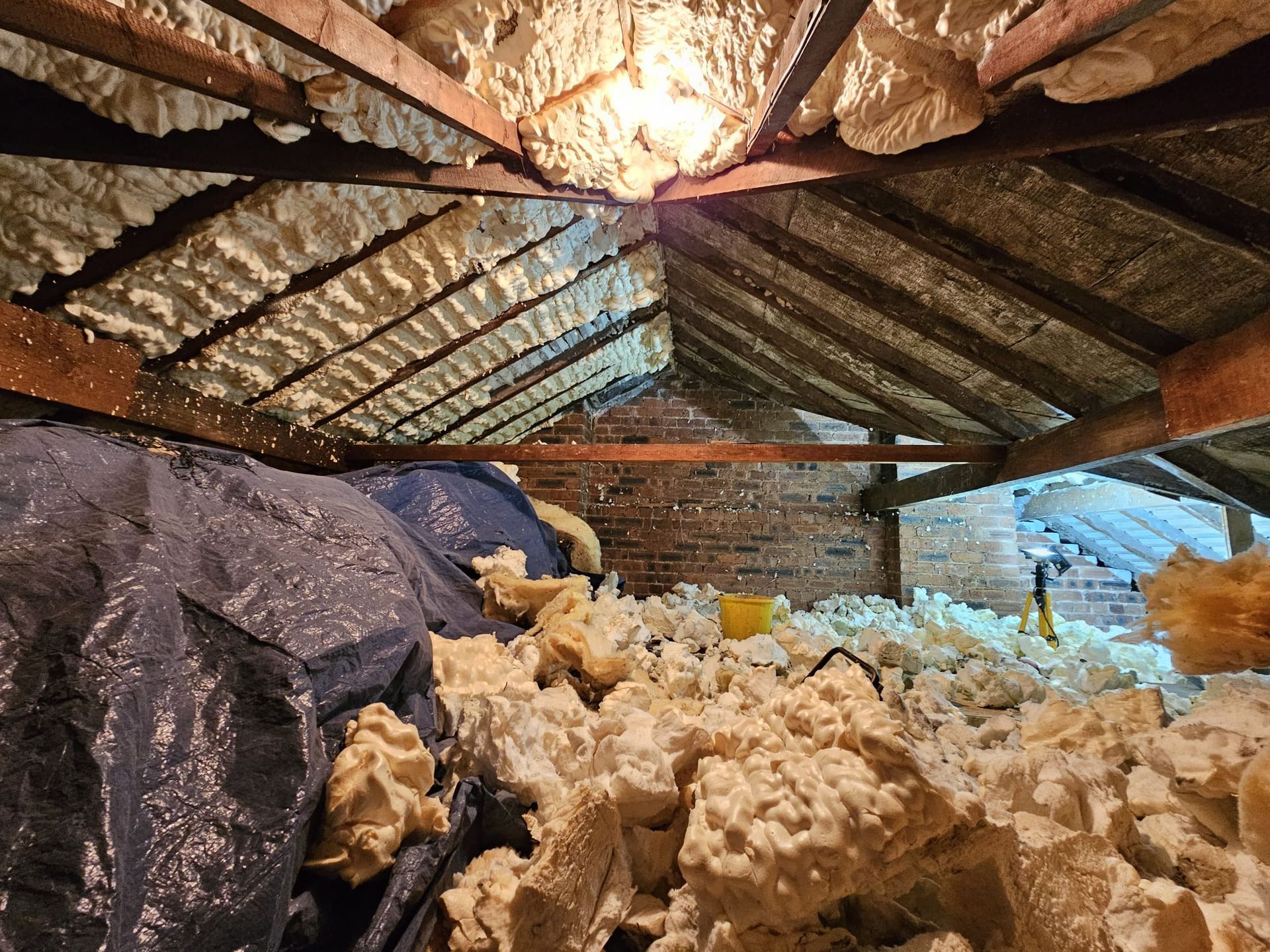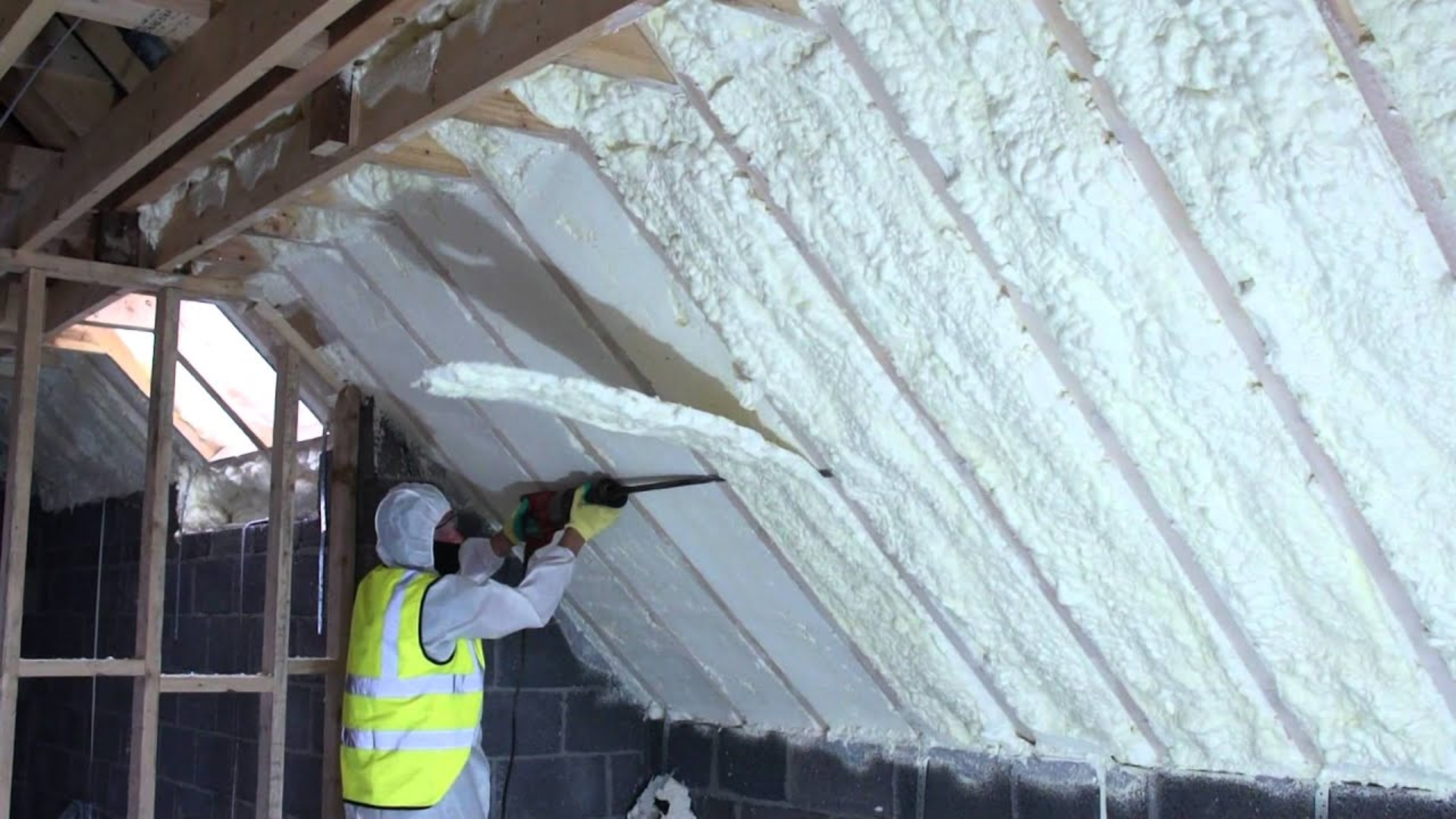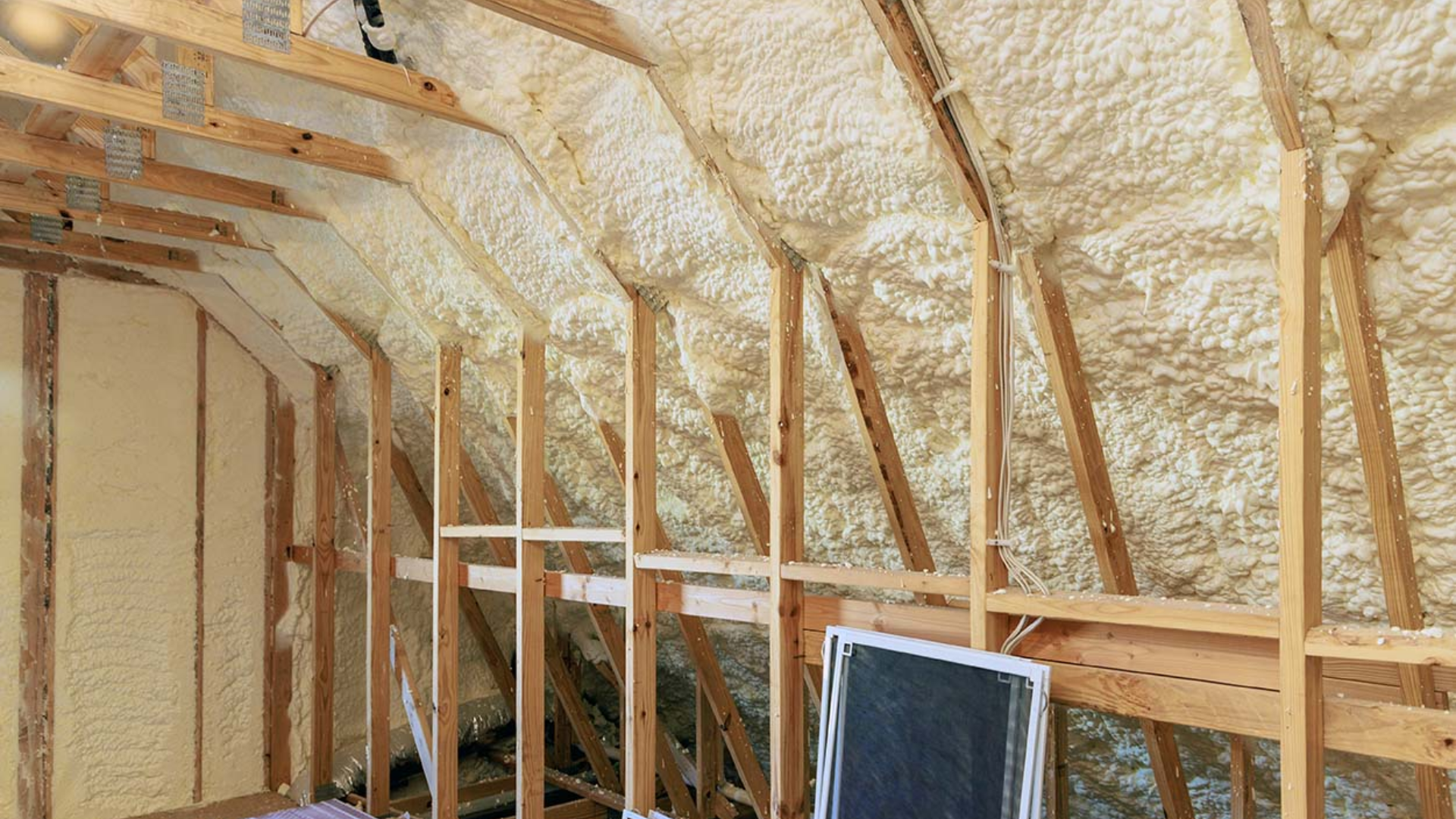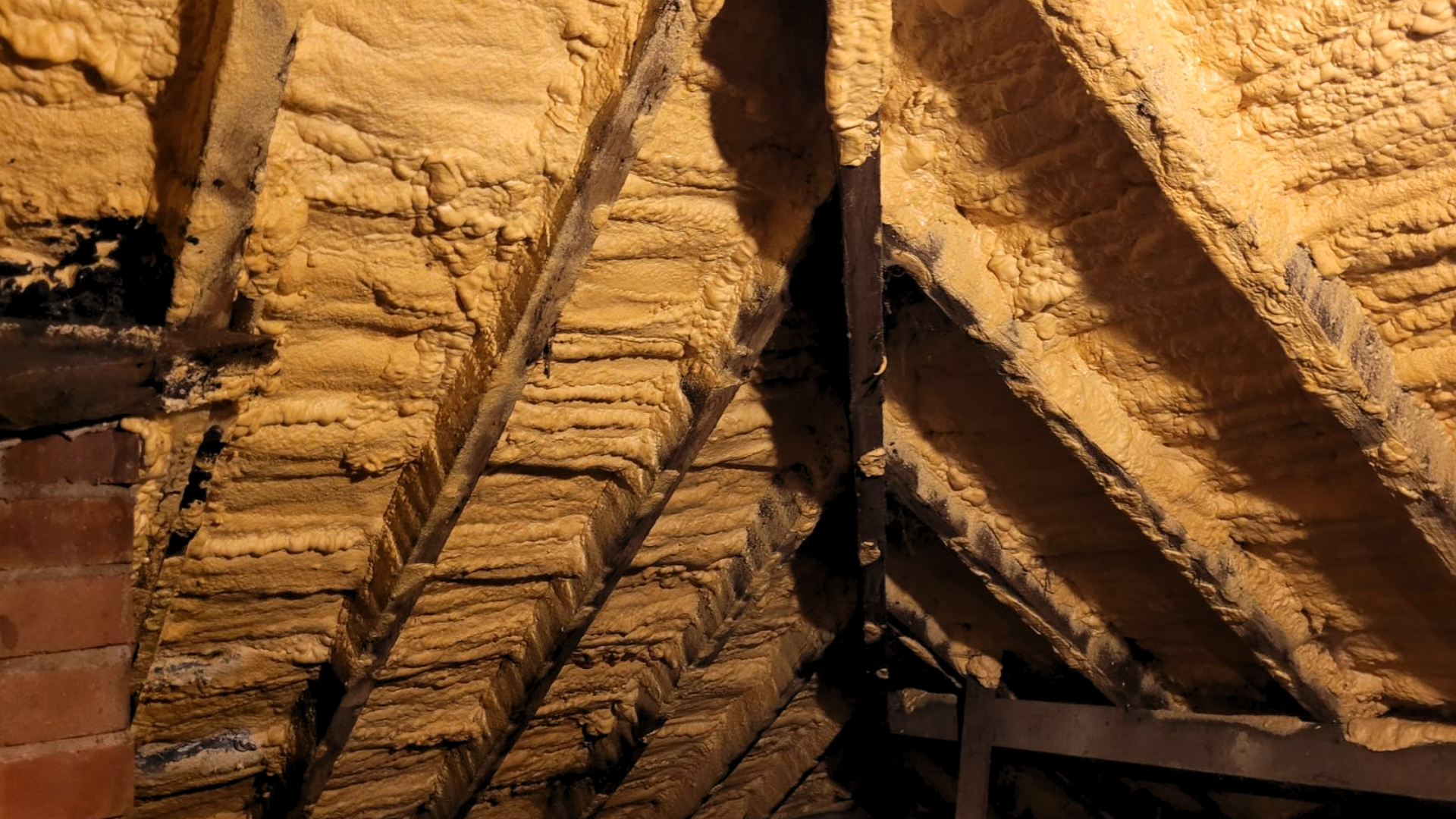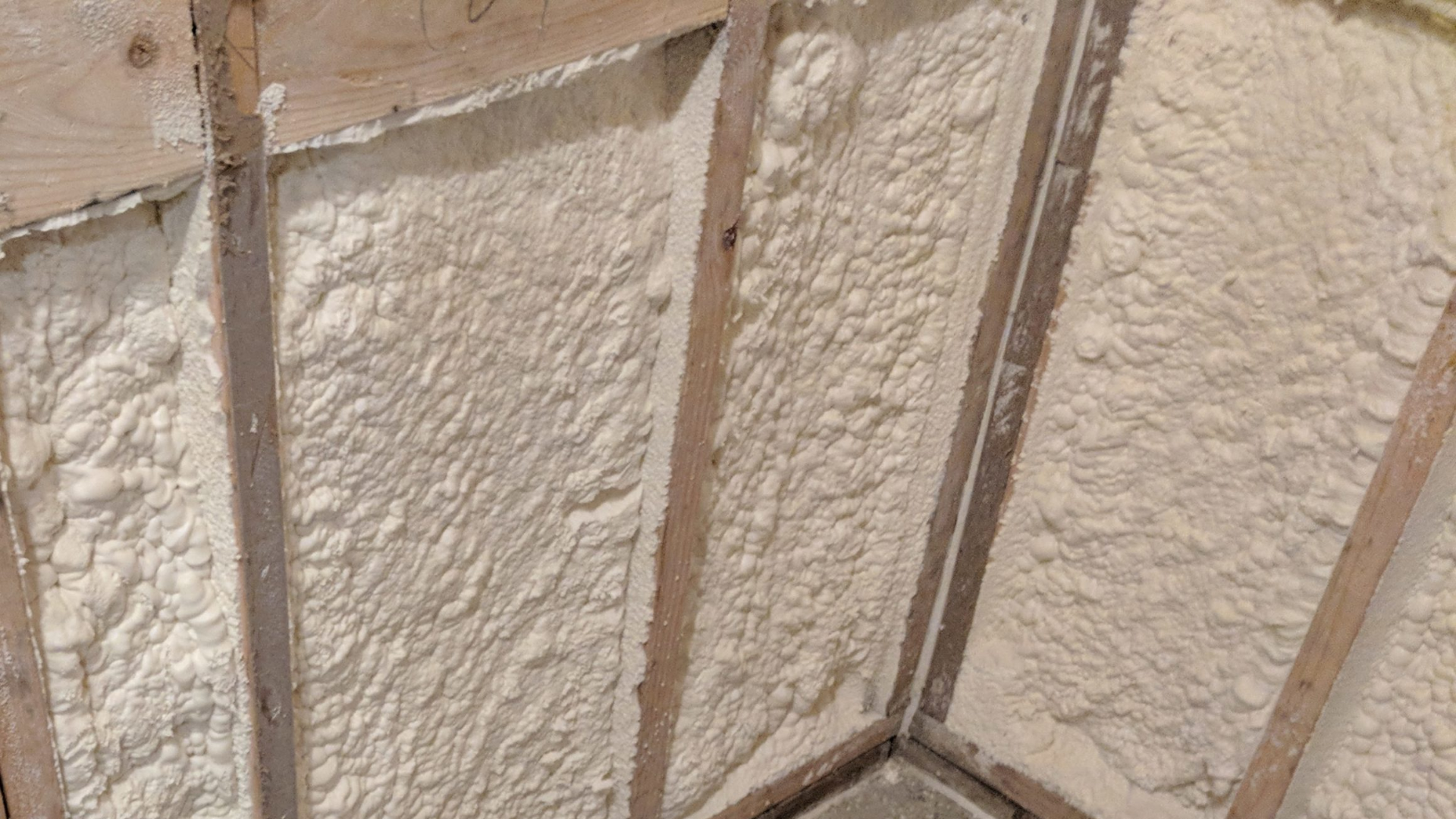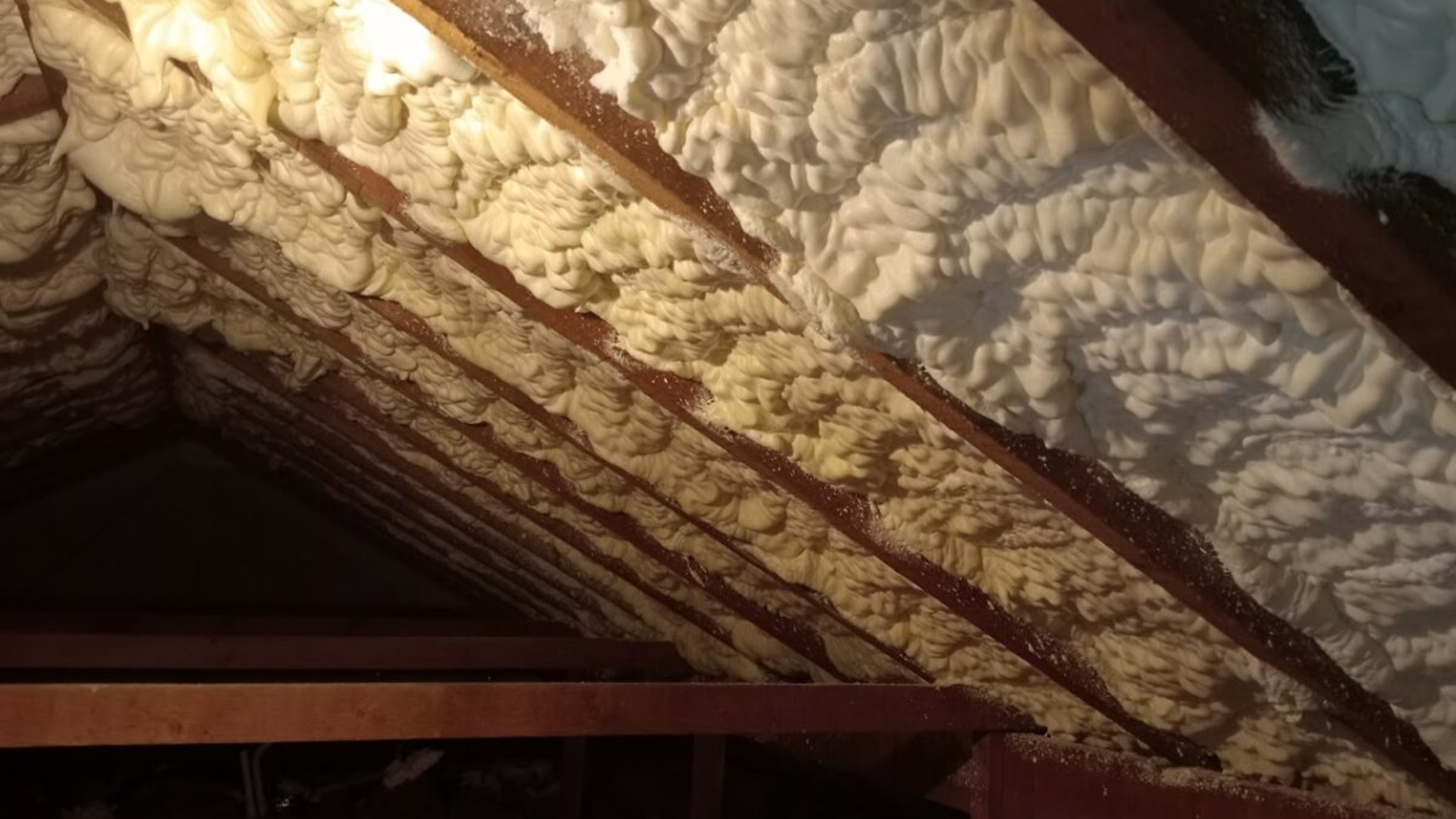Can you have too much loft insulation?
Is there such a thing as too much loft insulation?
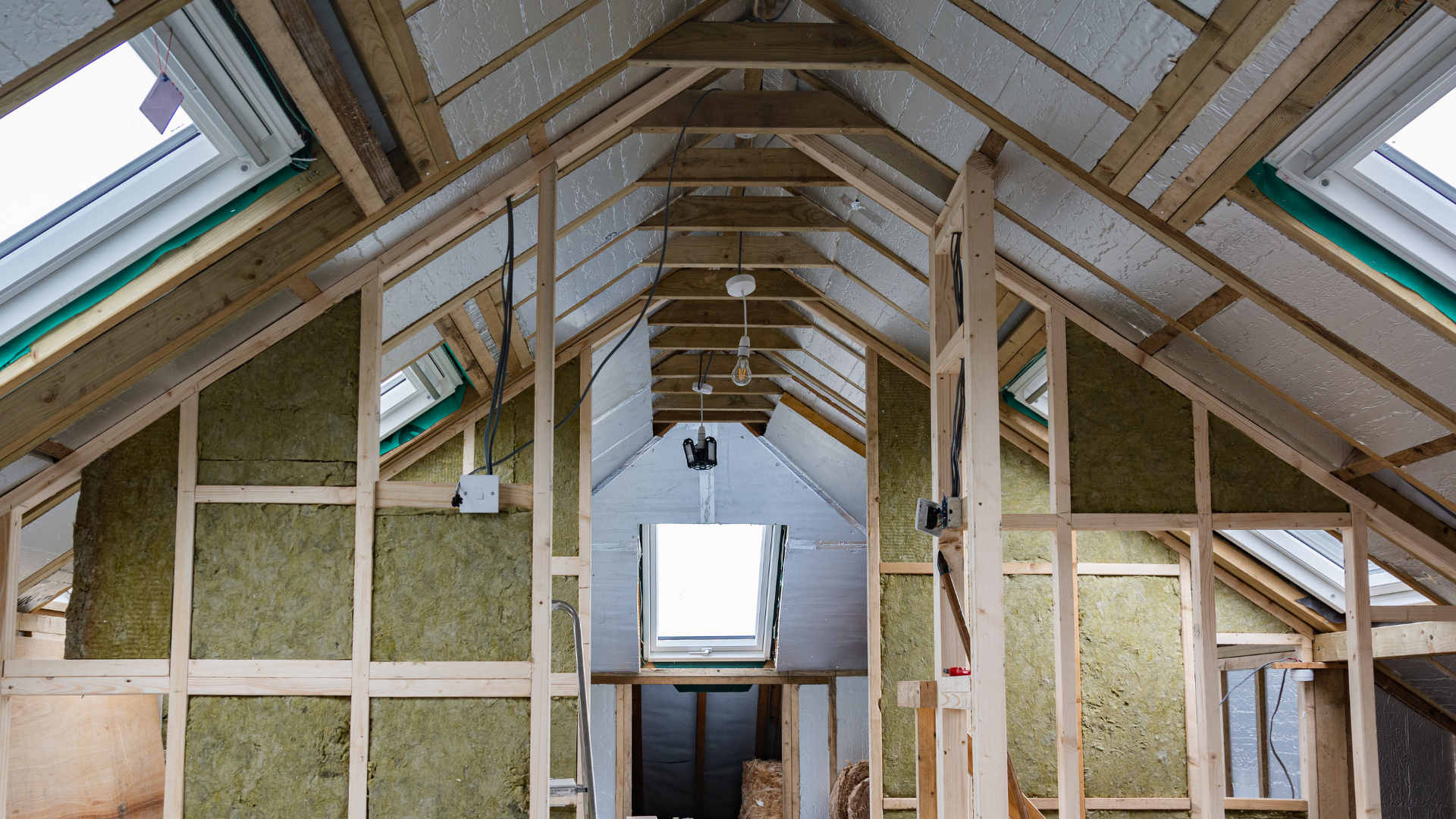
Insulating your home is a crucial step in achieving an energy-efficient, comfortable living environment. Loft insulation is one of the most common forms of insulation as it helps to prevent heat loss through your roof, reduce your energy bills, and decrease your carbon footprint. However, one of the most common questions people ask when it comes to insulation is whether you can have too much of it. In this article, we'll look at the factors to consider when insulating your loft, the recommended depth of insulation, and whether it's possible to over-insulate your loft.
For immediate removal of unwanted spray foam insulation, please click HERE to get in touch with us today.
Can You Have Too Much Loft Insulation?
When it comes to insulating your loft, it's important to consider several factors to ensure you achieve the desired outcome. These factors include the type of insulation material, the intended use of the loft, ventilation, and moisture control. However, one question that often arises is whether you can have too much insulation. In this article, we'll delve deeper into the topic and provide you with all the information you need to make an informed decision.
Factors to Consider When Insulating Your Loft
Before we delve into the recommended depth of loft insulation and whether you can have too much of it, it's essential to understand the factors to consider when insulating your loft. The type of insulation material you choose will depend on your budget, personal preferences, and the intended use of the space. For instance, if you intend to use the loft as a living area, you may want to opt for insulation that offers soundproofing properties.
Another crucial factor to consider is ventilation. Proper ventilation is essential to prevent moisture build up, which can lead to dampness and mould growth. If your loft lacks ventilation, you may need to install roof vents or a mechanical ventilation system to ensure proper airflow.
Finally, moisture control is critical when insulating your loft. If you have a leaky roof or gutter, moisture can seep through the insulation and cause damage to your ceiling and walls. Make sure to address any moisture issues before installing loft insulation.
Loft insulation is an essential component in maintaining the thermal capabilities of your home. However, it is important to note that there can be potential downsides to over-insulating your loft. One major issue is the risk of condensation. Too much insulation can make it difficult for the loft to breathe, leading to the build up of moisture and potentially causing damage to the insulation and the structure of the roof. Additionally, realistically, there is only so much insulation you can install before running out of space in your wall or floor cavity or inside space to encroach on. The government recommends loft insulation to achieve a depth of between 250mm and 270mm, but there isn't a numerical limit on how much insulation you can have. Still, it's important to find a balance between insulation and ventilation. Proper installation of insulation, ensuring that there are no gaps or overlaps, can help prevent issues and ensure the insulation performs to its full potential. Additionally, it is worth noting that proper insulation can lead to significant financial benefits, such as saving on heating and cooling costs.
While it is important to insulate a home to maintain energy efficiency, it is equally important to ensure that the amount of insulation is appropriate for the space being insulated and that it does not cause any unintended consequences. Homeowners should consult with a professional to determine the appropriate amount and type of insulation for their specific situation.
If you need to remove spray foam insulation from your property, click here to get in touch with us today. We have the expertise, experience and equipment necessary to do the job right.
Book an appointment


